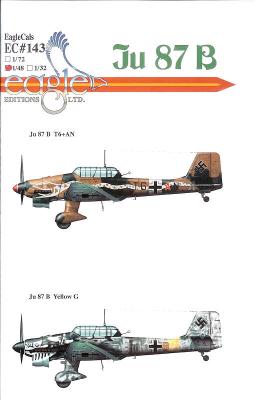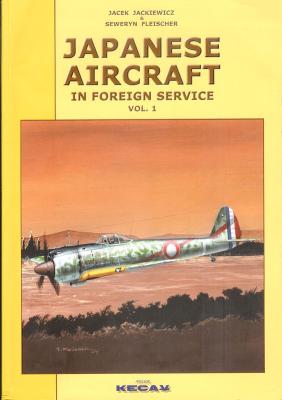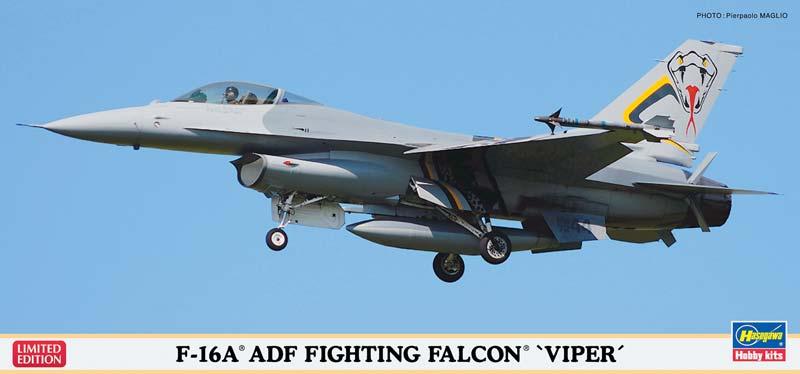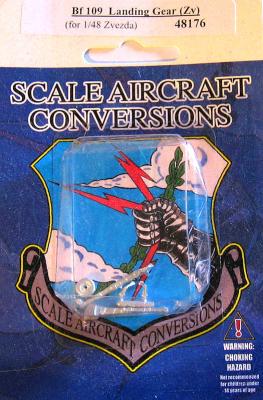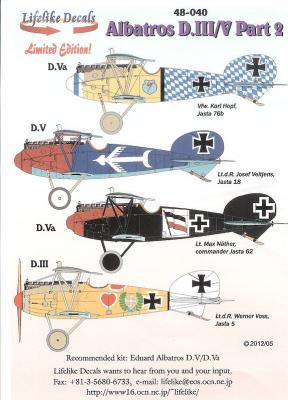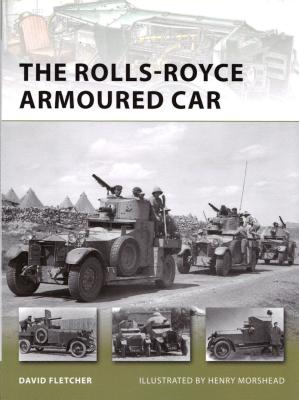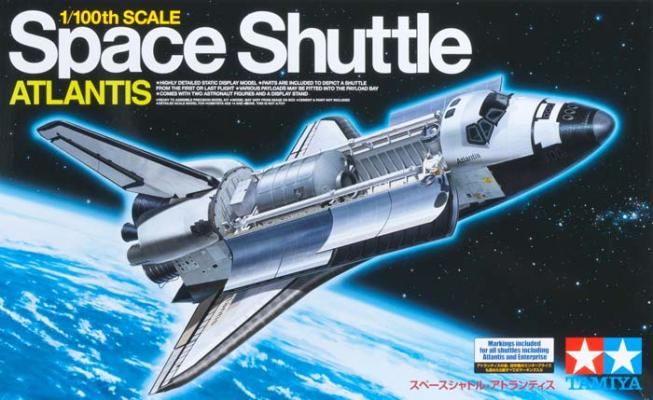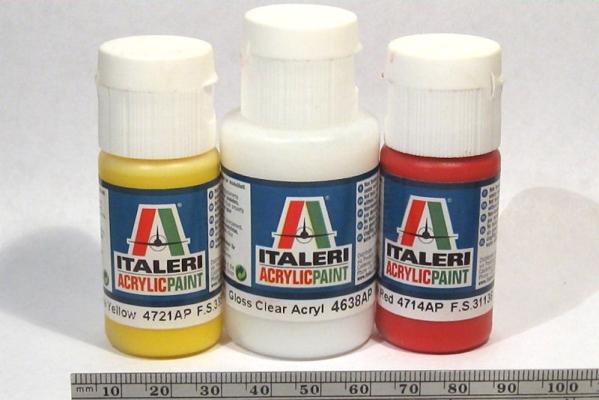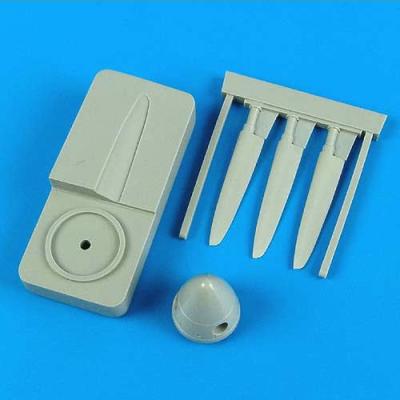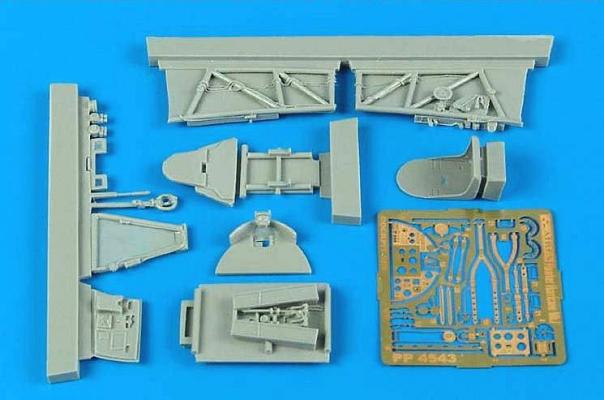Eagle Editions’ newest release in their EagleCals line covers 2 Junkers Ju-87B-2 Stukas. 1 decal sheet measuring approximately 5 ¼” x 7 ¾” is included, along with a 5 ½” x 8 ½” folded instruction sheet that opens out to 4 times its size.
One of the two subjects is the famous “snake” Stuka flown in North Africa by 5./St.G. 2 in 1941, while the other is of an interesting winter-camouflaged Stuka from an unknown unit in Russia that carries a face within its white camouflage.
Side profiles of both aircraft are included in the instructions – these are produced in full color, and the artwork is done by noted artist Thomas A. Tullis. In fact, according to Eagle Editions’ web site, Tom creates the profiles as well as the decal artwork for all this company’s decal sheets.

